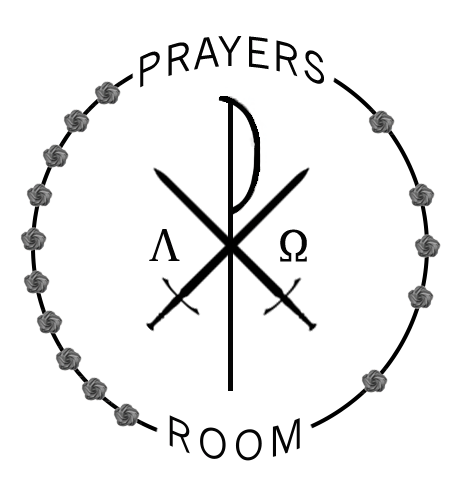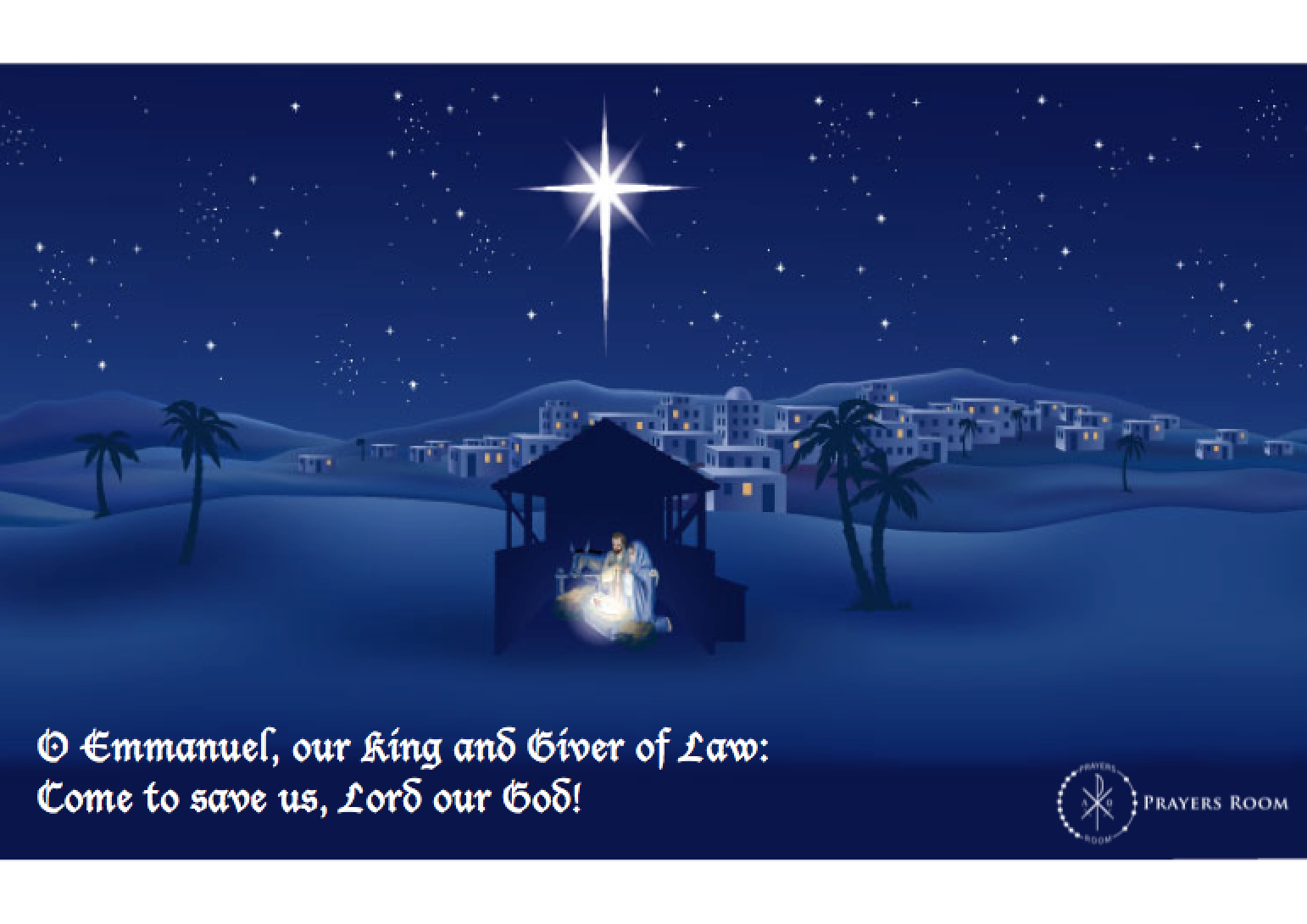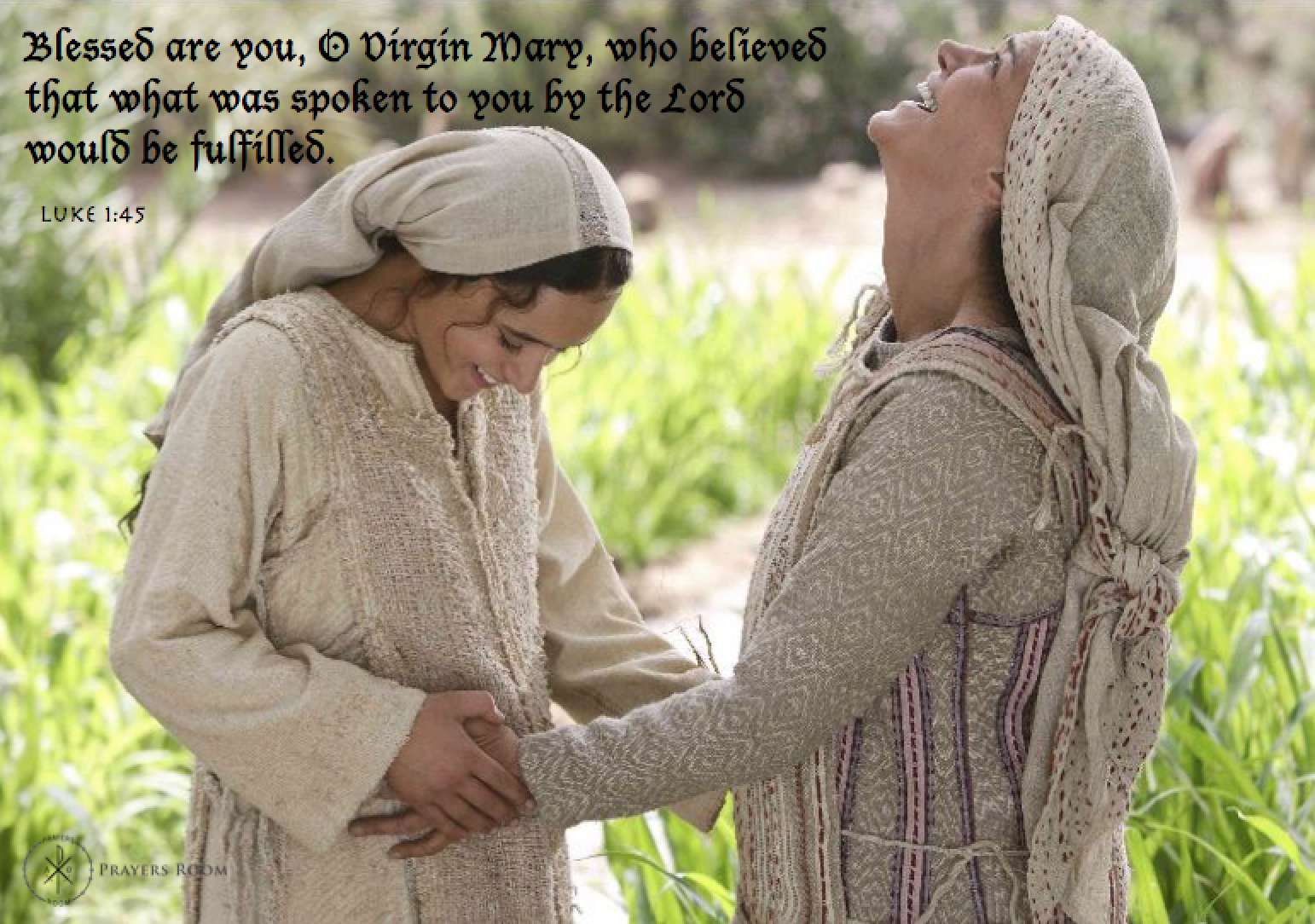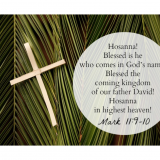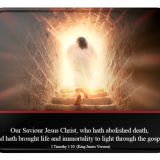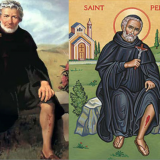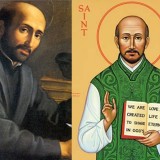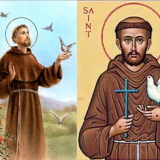Apr 15 2022 Reflection
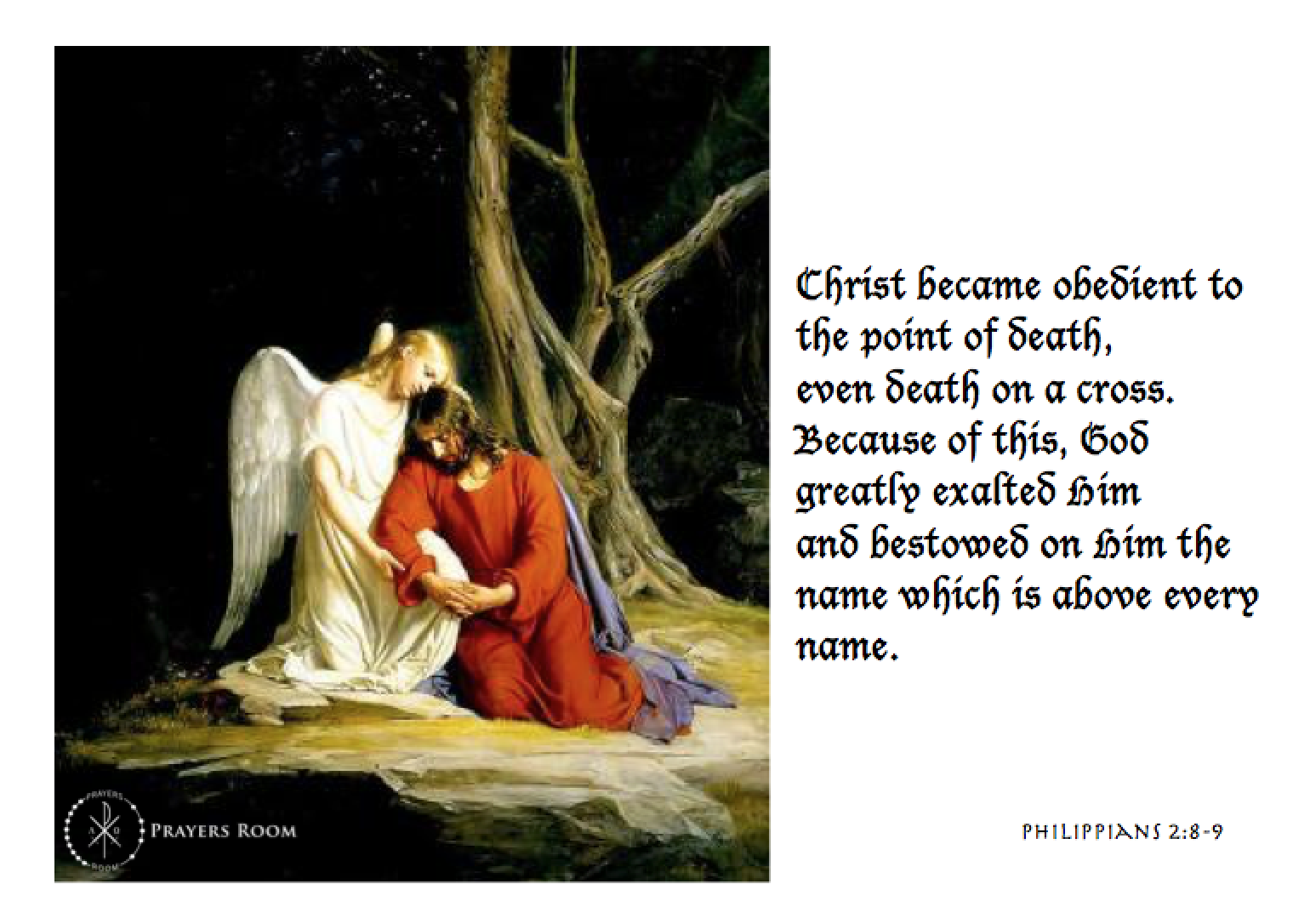
Friday 15 April 2022
First Reading: Is 52:13—53:12
Responsorial Psalm:
Father, into your hands I commend my spirit.
Ps 31:2, 6, 12-13, 15-16, 17, 25
Second Reading: Heb 4:14-16; 5:7-9
Gospel Reading: Jn 19:17-30
Today’s Note: Good Friday of the Lord’s Passion
Gospel Reading:
“So they took Jesus, and he went out,
bearing his own cross, to the place called the place of a skull,
which is called in Hebrew Golgotha.
There they crucified him,
and with him two others, one on either side,
and Jesus between them.
Pilate also wrote a title and put it on the cross;
it read, ‘Jesus of Nazareth, the King of the Jews’.
Many of the Jews read this title,
for the place where Jesus was crucified was near the city;
and it was written in Hebrew, in Latin, and in Greek.
The chief priests of the Jews then said to Pilate,
‘Do not write, The King of the Jews’,
but, ‘This man said, I am King of the Jews’.
Pilate answered, ‘What I have written I have written’.
When the soldiers had crucified Jesus
they took his garments and made four parts,
one for each soldier; also his tunic.
But the tunic was without seam, woven from top to bottom;
so they said to one another,
‘Let us not tear it, but cast lots for it to see whose it shall be’.
This was to fulfill the scripture.
“They parted my garments among them, and for my clothing they cast lots”.
So the soldiers did this.
But standing by the cross of Jesus were his mother,
and his mother’s sister, Mary the wife of Clopas,
and Mary Magdalene.
When Jesus saw his mother,
and the disciple whom he loved standing near,
he said to his mother,
‘Woman, behold, your son!’
Then he said to the disciple,
‘Behold, your mother!’
And from that hour the disciple took her to his own home.
After this Jesus, knowing that all was now finished,
said (to fulfill the scripture), ‘I thirst’.
A bowl full of vinegar stood there;
so they put a sponge full of the vinegar on hyssop
and held it to his mouth.
When Jesus had received the vinegar,
he said, ‘It is finished’;
and he bowed his head and gave up his spirit.”
Reflection:
Who can bear to look upon the bloodied cross where Jesus hung without shame or sorrowful grief, disbelief or reverent awe? The cross brings us face to face with Jesus’ suffering. He was alone – all his disciples had deserted him except for his mother and three women along with John, the beloved disciple. And his death was agonizing and humiliating. Normally a crucified man could last for several days on a cross. Jesus’ had already been scourged, beaten with rods, and a crown of thorns pressed into his skull. It is no wonder that he died mid-afternoon. Pilate publicly heralded Jesus “The King of the Jews” as he died upon the cross, no doubt to irritate and annoy the chief priests and Pharisees (John 19:19).
The King who ransoms us with his own life
Jesus was crucified for his claim to be King. The Jews had understood that the Messiah would come as their king to establish God’s reign for them. They wanted a king who would free them from tyranny and foreign domination. Many had high hopes that Jesus would be the Messianic king. Little did they understand what kind of kingship Jesus claimed to have. Jesus came to conquer hearts and souls for an imperishable kingdom, rather than to conquer perishable lands and entitlements.
Jesus’ death on the cross defeated sin and death for us
We can find no greater proof of God’s love for us than the willing sacrifice of his Son on the cross. Jesus’ parting words, “It is finished!” express triumph rather than defeat. Jesus bowed his head and gave up his spirit knowing that the strife was now over and the battle was won. Even on the cross Jesus knew the joy of victory. What the Father sent him into the world to do has now been accomplished. Christ offered himself without blemish to God and he put away sin by the sacrifice of himself (see Hebrews 9:24-26).
As we gaze on his wounds – we touch the scars of his resurrection
While the close company of Jesus’ disciples – his apostles – had deserted him and hid out of fear from the Jewish authorities, Jesus’ mother and some of the women who were close to Jesus stood close to him while he hung upon the cross. Augustine of Hippo (354-430 A.D) in his sermon on John’s passion account focuses on the gaze of the women who witnessed the shedding of his blood and the offering of his life as the atoning sacrifice for the sin of the world.
“As they were looking on, so we too gaze on his wounds as he hangs. We see his blood as he dies. We see the price offered by the redeemer, touch the scars of his resurrection. He bows his head, as if to kiss you. His heart is made bare open, as it were, in love to you. His arms are extended that he may embrace you. His whole body is displayed for your redemption. Ponder how great these things are. Let all this be rightly weighed in your mind: as he was once fixed to the cross in every part of his body for you, so he may now be fixed in every part of your soul.” (GMI 248)
Augustine invites us to present ourselves before Jesus crucified who took our sins upon himself and nailed them to the cross. Through the eyes of faith we, too, gaze upon the bloodied body of our Redeemer who paid the price for our sins – and we touch the scars of his resurrection who defeated death for our sake so that we may know the victory of his cross and resurrection and receive the promise of everlasting life and glory with him in his kingdom.
The miracle of my salvation
In the cross of Christ we see the triumph of Jesus over his enemies – sin, Satan, and death. Many Christians down through the centuries have sung the praises of the Cross of Christ. Paul the Apostle exclaimed, “But far be it from me to glory except in the cross of our Lord Jesus Christ” (Galatians 6:14).
Hear what Gregory Nazianzen (329-389 AD), an early church father and bishop of Constantinople, wrote about the triumph of Christ’s exaltation on the cross:
“Many indeed are the wondrous happenings of that time: God hanging from a cross, the sun made dark and again flaming out (Luke 23:44, Mark 15:33); for it was fitting that creation should mourn with its creator. The temple veil rent (Matthew 27:51), blood and water flowing from his side (John 19:34): the one as from a man, the other as from what was above man; the earth shaken, the rocks shattered because of the rock (Matthew 27:51); the dead risen to bear witness to the final and universal resurrection of the dead (Matthew 27:52). The happenings at the sepulcher and after the sepulcher, who can fittingly recount them? Yet no one of them can be compared to the miracle of my salvation. A few drops of blood renew the whole world, and do for all men what the rennet does for the milk: joining us and binding us together. (On the Holy Pasch, Oration 45.1)
Rupert of Deutz (1075-1129), a Benedictine abbot and theologian, wrote:
“The cross of Christ is the door to heaven, the key to paradise, the downfall of the devil, the uplifting of mankind, the consolation of our imprisonment, the prize for our freedom.”
The throne of love and sign of God’s mercy
The Cross of Christ is the safeguard of our faith, the assurance of our hope, and the throne of love. It is also the sign of God’s mercy and the proof of forgiveness. By his cross Jesus Christ has pardoned us and set us free from the tyranny of sin. He paid the price for us when he made atonement for our sins. The way to peace, joy, and righteousness in the kingdom of God and the way to victory over sin and corruption, fear and defeat, despair and death is through the cross of Jesus Christ. Do you follow the Lord Jesus in his way of the cross with joy, hope, and confidence?
Lord Jesus Christ, by your death on the cross you have won pardon for us and freedom from the tyranny of sin and death. May I live in the joy and freedom of your victory over sin and death.
